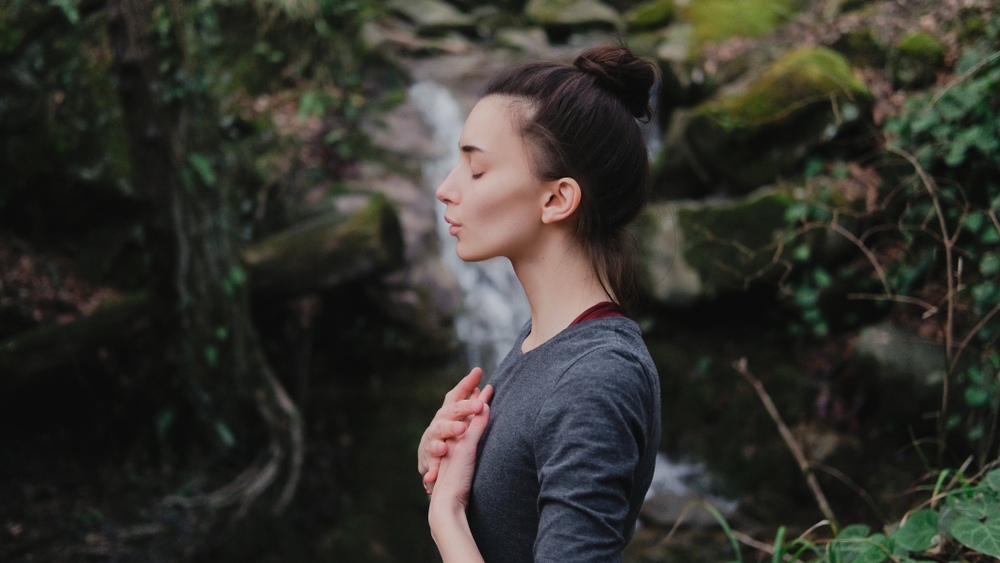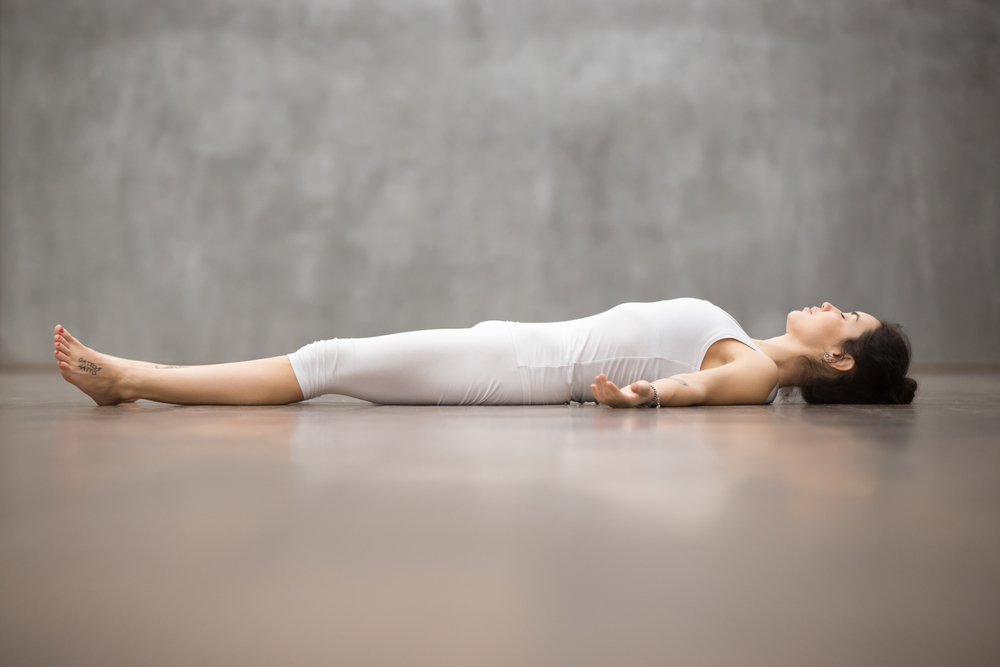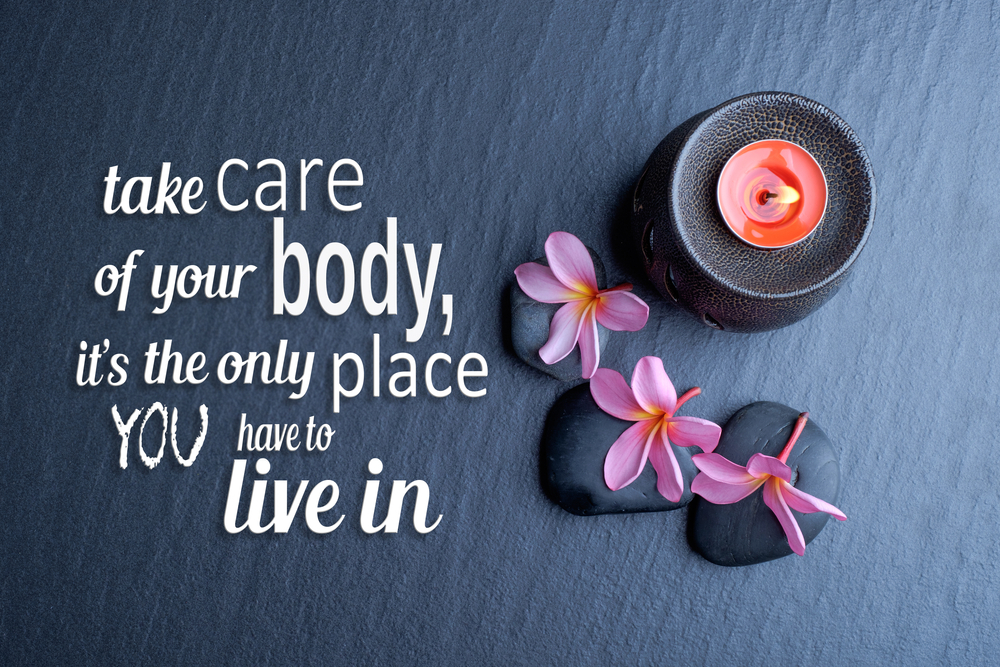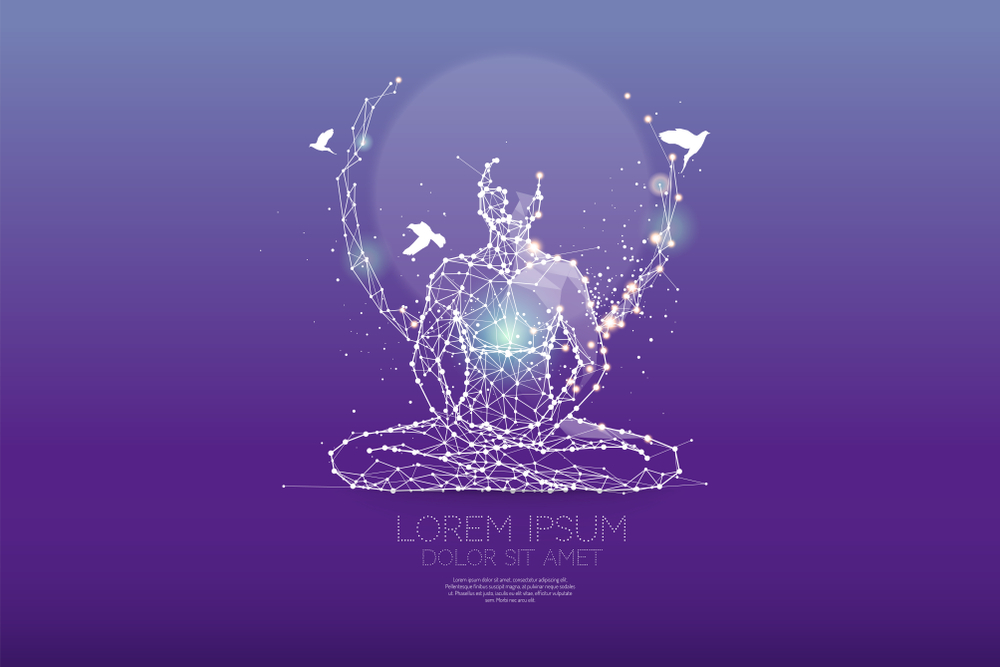Do you have a jittery, tired, stressed, or frustrated feeling? Meditation is an ancient mind-body practice that helps people relax and feel better. There are series of short meditation for anxiety and stress-related complications.
It has been shown to have stress-relieving psychological and physical health benefits, including lower blood pressure, anxiety, insomnia, and depression, according to research.
Meditation has also been shown to reduce the number of times you get the flu or a cold, as well as the length and severity of your symptoms. Firstly you may believe that learning to meditate effectively is difficult or time-consuming, but it only takes a few minutes out of your day to practice these simple exercises and feel refreshed.
Part 1: Learning Basic Meditative Techniques
Find a quiet spot. The world is full of distractions, so this may not be an easy task. When learning to meditate to reduce stress, however, a quiet spot where you can meditate without interruption is essential. Outside distractions will become less and less bothersome as your meditation skills improve.
Many things will most likely distract you at first. Cars will pass by, birds will sing, and people will converse. To avoid distractions from your meditative task, turn off all electronic devices such as cell phones and television.
A room with a closed door is ideal, but if necessary, earplugs can be obtained.
You’ll find that as your meditation skills improve, you’ll be able to meditate anywhere—even in high-stress situations like traffic, work, or crowded stores.
Decide on a comfortable position

Meditation can be done in a variety of positions, including lying down, walking, sitting, and standing. The key is to feel at ease so that discomfort does not become a distraction.
In a traditional cross-legged position, some people may feel more connected. Beginners may find this uncomfortable, so consider propping your bottom up on a pillow, sitting in a chair, or leaning against a wall for support.
Control your breathing

Controlled breathing is used in all forms of meditation. Breathing deeply relaxes both your body and mind. In fact, you can meditate effectively just by concentrating on your breathing.
Inhale deeply through your nose and exhale deeply through your nose. While you breathe, keep your mouth closed but relaxed. Pay attention to your breath.
To expand your lungs, use the diaphragm muscle. Placing your hand on your stomach is a good idea. As you inhale, it should rise and as you exhale, it should fall. At regular intervals, take a deep breath in and out.
Controlling your breathing allows you to slow down your breathing and get more oxygen into your lungs per breath.
The muscles of the upper torso, such as the shoulders, neck, and chest, relax when you take deep breaths. Deep diaphragmatic breathing is more efficient than shallow upper chest breathing.
Focus on something

Effective meditation necessitates paying attention to something, or even nothing at all. The goal is to clear your mind of stress-inducing distractions so that your body and mind can relax. Some people prefer to concentrate on a single object, image, mantra, or breath, but you can also concentrate on a blank screen or something else.
During meditation, your mind will most likely wander. Even for those who have been practicing meditation for a long time, this is normal and expected. When this happens, simply return your attention to the object, your breathing, or a feeling that you were focusing on when you began your meditation.
Participate in prayer.

Praying is a type of meditation that is practiced in a variety of religious and non-religious contexts all over the world. Adapt the prayer to your specific needs, religious beliefs, and meditative objectives.
You have the option of praying aloud, silently, or in writing. It could be written in your own words or in the words of others.
Devout or casual prayers are both acceptable. Choose the option that best fits who you are, your beliefs, and what you want the prayer to accomplish. You have the option of praying to a god, the universe, yourself, or nothing at all. It is entirely up to you.
Remember that there is no “right approach” to meditate
You’re only adding to the problem if you’re worried about how you’re breathing, what you’re thinking (or not thinking) about, or whether you’re meditating correctly. Meditation can be tailored to fit your lifestyle and circumstances. It’s about taking a few moments out of your busy, stressful day to relax.
It can be beneficial to incorporate meditation into your daily routine so that you practice on a regular basis. You can, for example, start or end each day with a few minutes of meditation.
There are several types of meditation techniques you can try.
Experiment with different methods. You’ll soon find one that works for you and that you enjoy. [4] There are probably meditation centers and classes in your area. Consider attending a meditation at one of these locations if you work better in a group setting with trained guides. More information about meditation and your location can usually be found by searching the internet, reading the newspaper, or visiting your local meditation center or temple.
Enjoy Yourself
While meditation can provide you with both short and long-term benefits, it should also be a pleasurable experience. When we are used to being under a lot of stress, it’s natural to have some resistance to clearing our minds and relaxing, but don’t force yourself to meditate in a certain way if you don’t enjoy it.
The key is to find peace in the present moment. Don’t pass up the chance to meditate while going about your daily routine. Dishes to be washed, laundry to be folded, and the truck to be fixed are all opportunities to meditate using relaxation techniques such as deep breathing.
Remember that creative, relaxing activities can also be used to meditate. Listen to music, paint, read, garden, write in a journal, or stare at a fireplace flame. These activities can help you concentrate, reduce stress, and change your brain waves to a meditative state.
Part 2 : De-Stressing With Different Meditation Types :
For this part of session and to know about various types of meditations, please refer our article by clicking the link below:
Different Types Of de-stressing Meditations That Will Prove Magic – V Cure (vcurehealthcare.com)
Parr 3: Practicing Meditation
Look for a peaceful, relaxing environment.

It could be in any location. Outside under a tree, in a darkened bedroom, or even in your living room are all viable options. It’s great to be anywhere that makes you feel at ease. Make sure there are no distractions in the area you’ve chosen, and that there won’t be any in the future. You must concentrate on the present moment.
Find a position that is comfortable for you.

It’s entirely up to you whether you want to sit, lay down, or stand up. Check to see if it’s a good fit for you. Close your eyes once you’ve found a comfortable position.
If you’re sitting up, good posture will allow you to breathe more easily. Straighten your back, lift your chest slightly, and pull your shoulders back. Slightly lift your chin, but don’t strain your neck. Your wrists should be lightly resting on your knees, palms facing up and open.
Take in a deep breath.
Take a slow, deep breath while remaining in your position with your eyes closed. Relax your body as you take a deep breath. Wiggle your toes or fingers and relax your shoulders and neck. Slowly inhale, and as you exhale, imagine all your stress and worries leaving your body.
If at all possible, try to clear your mind and avoid distractions.
Any tasks that can wait until after you’ve finished the meditation should be put off. Allow all of your worries to fade away as you take deep breaths. Stop worrying about your obligations, appointments, and responsibilities. That’ll come in handy later. Become self-aware instead. Take note of your breathing and relaxation. Take advantage of the present moment.
Of course, if the phone rings or you have an important task to complete, you must attend to it. You can always come back to this meditation if you want to.
Imagine yourself in a happy environment.

This could be from a recent vacation, a fantasy location, or you simply sitting alone in a park when you were younger. The point is that the location gives you a positive vibe.
Mindfulness meditation is an additional option. Simply concentrate on what you are experiencing right now. Concentrate on your breathing, as well as what you can hear or smell right now. As often as possible, bring your attention back to your breathing.
Relax your entire body.
Close your eyes and imagine your entire body slowing down as you continue to breathe deeply. Everything should start to feel loose and heavy, including your heartbeat and blood flow all the way down to your feet. For the next few minutes, imagine yourself in your happy place while breathing slowly.
Examine your body for areas that are tense due to stress. Begin at your toes and work your way up to your scalp. Consider each deep breath as a burst of heat or light into that body part. Repeat this exercise for 1 to 2 minutes for each tense area.

Please take your time.
Don’t get caught up in how long you should meditate. Continue to meditate until you feel relaxed and refreshed. If you’re looking for a time limit, studies show that 5-15 minutes is ideal. When you feel it’s finished, open your eyes and take in the benefits.
Also read : How To Calculate And Tackle Stress In Simplest Way possible? – V Cure (vcurehealthcare.com)





